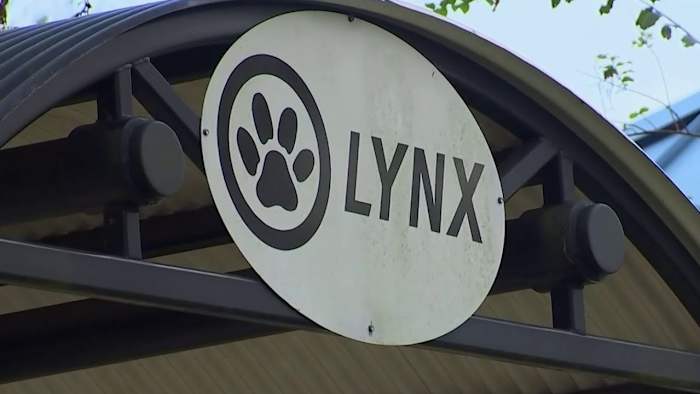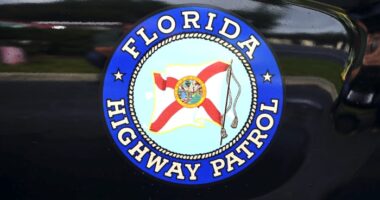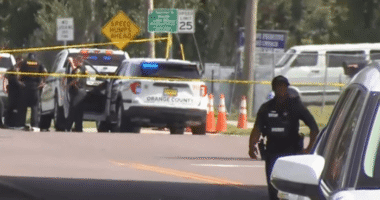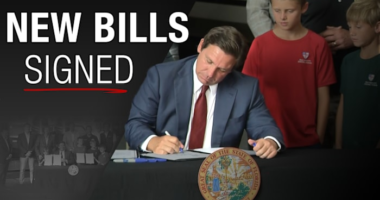
SEMINOLE COUNTY, Fla. – This year, Seminole County is planning on making major changes to its public transportation system in order to launch a new micro-transit service.
On Tuesday, county staff presented the Board of County Commissioners with information they’ve received from possible private vendors, schools, hospitals, cities, and even firsthand experience from staff who have taken buses to see just how many riders are using the most popular routes.
Currently, the county pays about $17 million annually for its Ly service, which includes 11 fixed routes, two “NeighborLink” Zones, and paratransit service. Commissioners said in November that not enough people are using it to justify that cost.
The county estimates that about 3,500-4,200 people use the LYNX system in Seminole County.
Some commissioners have said before that it might be more cost-effective to pay for Uber or Lyft rides instead of LYNX.
After LYNX staff spoke to the board in November, commissioners decided it would be best to reduce service, cut costs, and find new ways to better transport citizens in Seminole County.
Staff and commissioners spent more than an hour speaking about what a privatized micro-transit service would look like, as they explored options for an on-demand, shared transportation system.
Commissioner Amy Lockhart, who was one of the first on the Board to ask questions about the current LYNX service and other options to meet taxpayers’ transportation needs, said the new model will provide door-to-door service.
“You will not be standing out at a bus stop in the heat or in the rain, waiting for a bus that may or may not be on time, taking you to where you may not even want to go,” said Lockhart. “This new service will be a door-to-door service that will pick you up, may pick up a couple of other riders on the way to your destination, but you will be able to order that service in advance. So, it is a completely different type of model. It is a better model. it is a more customer-oriented model.”
Unlike fixed-route public transit, this option will allow the public to request rides at their convenience and reach destinations within “flex zones.”
Commissioners agreed that the service should operate throughout the county, with the exception of the rural boundary where mass public transit is less needed.
They also discussed fares, funding options, and possible discounts for students, people with disabilities, and even riders who plan to be dropped off at a SunRail station and take the train somewhere.
“We’re not establishing a new bus system, we’re trying to build a better mousetrap,” said Commissioner Lee Constantine.
Commissioners plan to keep the current fixed-route bus service in the most populated corridors, such as S.R. 436 and U.S. 17-92. They plan to use the savings from reducing service in other areas to pay for the micro-transit option.
“We will still have some bus routes. There are a few that will remain in place right now, but if your bus route was removed, it’s going to be replaced with a better service,” said Lockhart.
Lockhart says the Board will have flexibility as they move forward and fine-tune the new service to meet the public’s needs.
“If it looks like we need to modify or correct course and add something here, or take away something there, we can do that and we can do it very quickly, which is very, very good for our citizens,” said Lockhart.
County staff will take direction they received from the Board on Tuesday and meet with vendors to see which one may be the best fit to move forward with.
Based on the presentation, they hope to award a contract in May, and then start the new micro-transit service this October.
“We will have a time of overlap because this is a learning curve. We’re going to have to learn how this operates and functions most effectively. And our citizens who utilize the service will have a learning curve and learning how to use it,” said Lockhart. “I think we’ll be up and running before the end of the year.”
Copyright 2025 by WKMG ClickOrlando – All rights reserved.

















